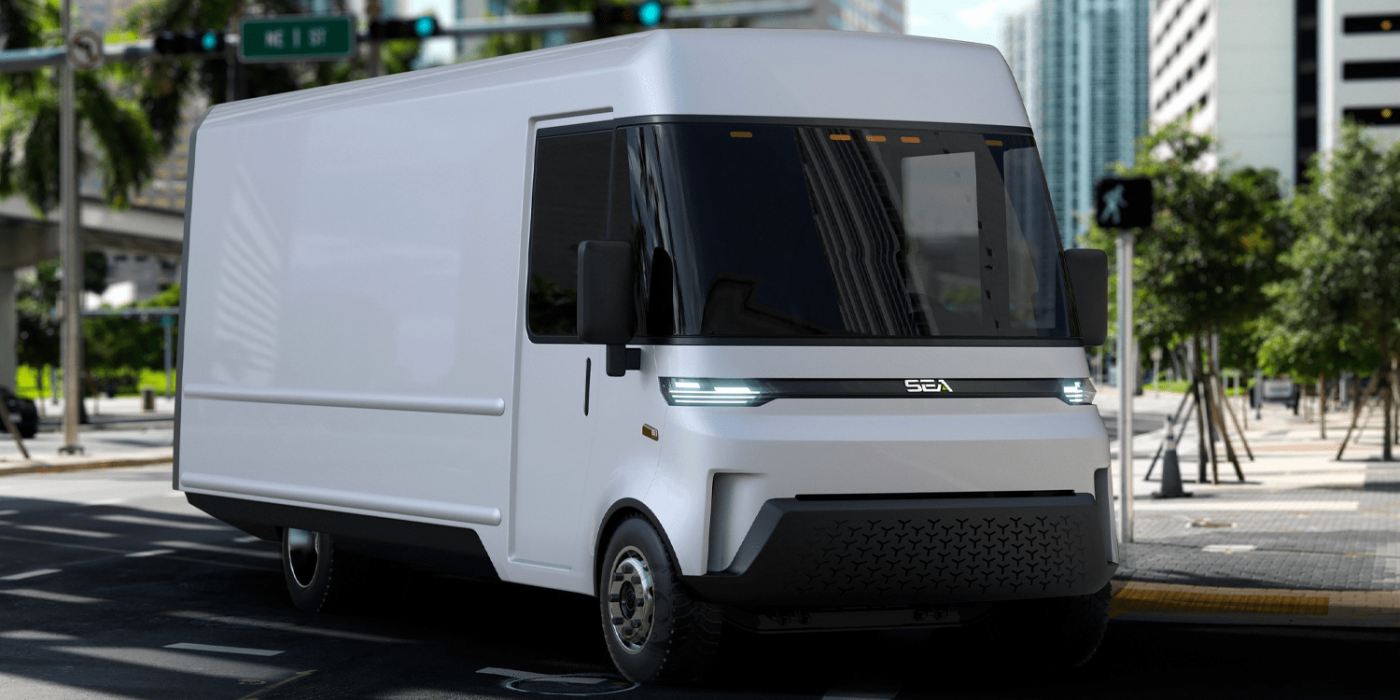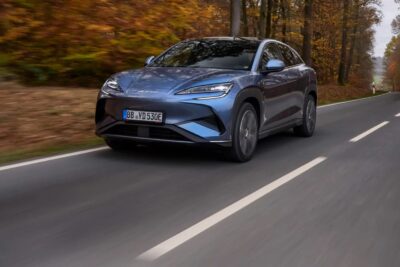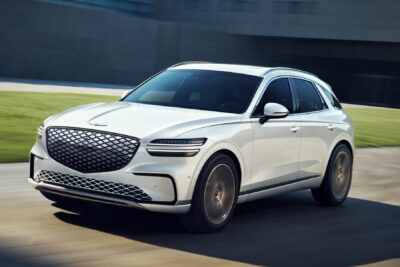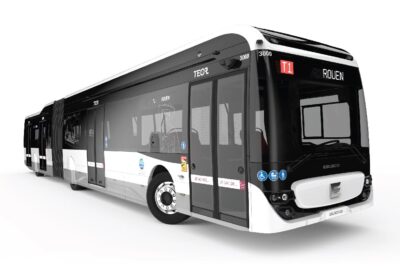SEA Electric expands production facility in Melbourne
The Australian electric truck manufacturer SEA Electric has doubled the size of its local assembly facility in the Melbourne suburb of Dandenong. The truck maker’s current plant was expanded to now cover 8,000 square metres on a total site of 15,000 square metres.
SEA Electric says the expansion now gives the company the capacity to produce eight trucks per day or up to 2,080 units per annum.
For the past 12 months, the existing facility has sported a 100kW rooftop solar array, producing 129MWh of energy to date, with 86MWh being exported back to the power grid. The plant produces 60 per cent more energy than it consumes. As part of the company’s new energy system, SEA Electric says it aims to utilise its own trucks with vehicle-to-grid (V2G) capability onsite to stabilize the grid.
SEA Electric offers four all-electric power systems and enables customers to select their choice of a new cab chassis from their preferred OEM supplier. SEA Electric then retrofits the SEA-Drive platform that the customer has selected to deliver the final electric-powered product.
The company has been producing electric trucks since 2019 – in the same year, the company scored a large order from Ikea Australia that works with external logistics companies that have their vehicles retro-fitted by the local conversion specialist SEA Electric. In 2021, the Melbourne-based company launched volume commercial production of electric trucks: Two SEA Electric-badged vehicles, the SEA 300 and SEA 500, based on the Hino 500 Series and Hino 300 Series models.
In 2021, the company scored a large electric truck order in the US when GATR EV, a division of GATR Truck Centers, ordered 1,150 electric trucks from SEA Electric. SEA Electric says it has a global presence, deploying vehicles in USA, Canada, Australia, New Zealand, Thailand, Indonesia and South Africa, while the company says that its facility in North America has the largest upfitting capacity at more than 30,000 units per annum.
Late last year, the company received an order to convert 10,000 US school buses. These eventually-fully-electric buses are to have a vehicle-to-grid (V2G) function that, of course, means the vehicles will be able to act as grid-balancing vehicles and will be able to “smart charge” when energy prices are cheapest. Early this year, SEA Electric unveiled an electric step van for the US market.





0 Comments